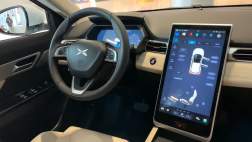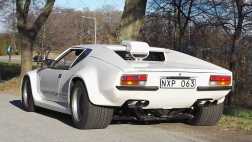Thanks to the Mazda Eunos Cosmo and Toyota Soarer in 1990 and 1991, you might’ve expected the first ‘proper’ in-car navigation system to be completely digitised. Not quite...
Looking like something straight from ‘Blade Runner’, Honda’s Electro Gyro-Cator (yes, that’s its actual name) was what was on offer for the Japanese market in 1981.
Operating it was relatively simple: all you’d need was the magnetic stylus and a microfiche sheet of the area you were driving in.

The user would simply have to select an appropriate sheet, slide it into the system, and literally draw over the route with the supplied pen.
After activating the route, a computer and gyroscopic sensor would work in tandem with the backlit display to show the route you’d need to take.
Despite a lack of satellite aid, the system would record your speed, direction, and mileage. All in 1981!

From what we’ve read from the rather limited - and sometimes poorly translated - information online, the system was pretty damn impressive. Relatively simple, too - it only had eight moving parts!
Not only was the system accurate and ahead of its time, it was ‘honoured’ by the US Institute of Electrical and Electronics Engineers (IEEE) and considered a landmark achievement. Damn.
If you'd like to check out an earlier example of in-car navigation, check out this Cassette Navigation system from 1971.
What's better - VTEC or the Electro Gyro-Cator? Tell us in the comments.











.jpg)
